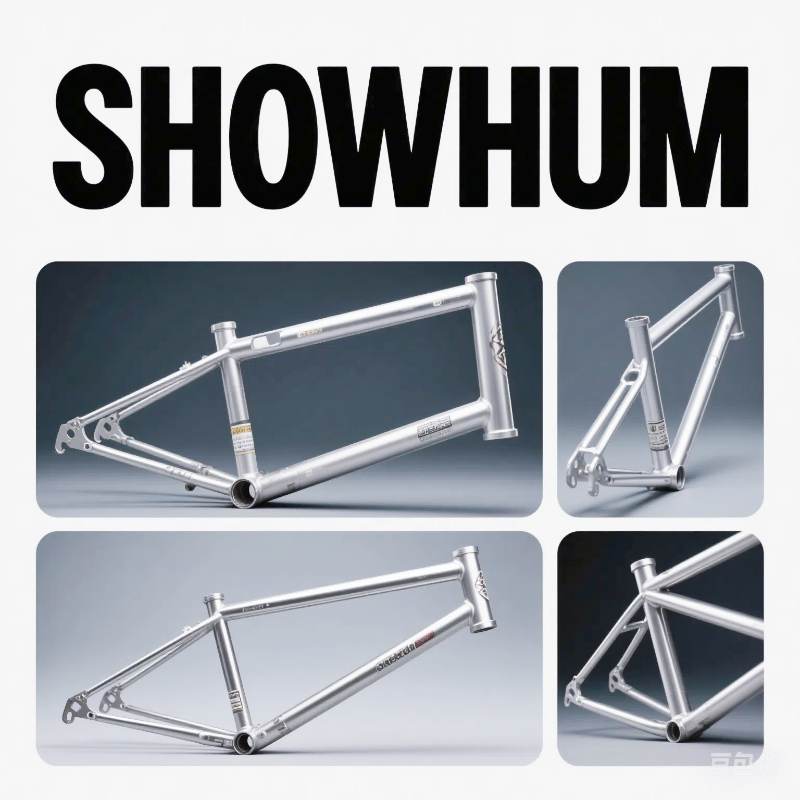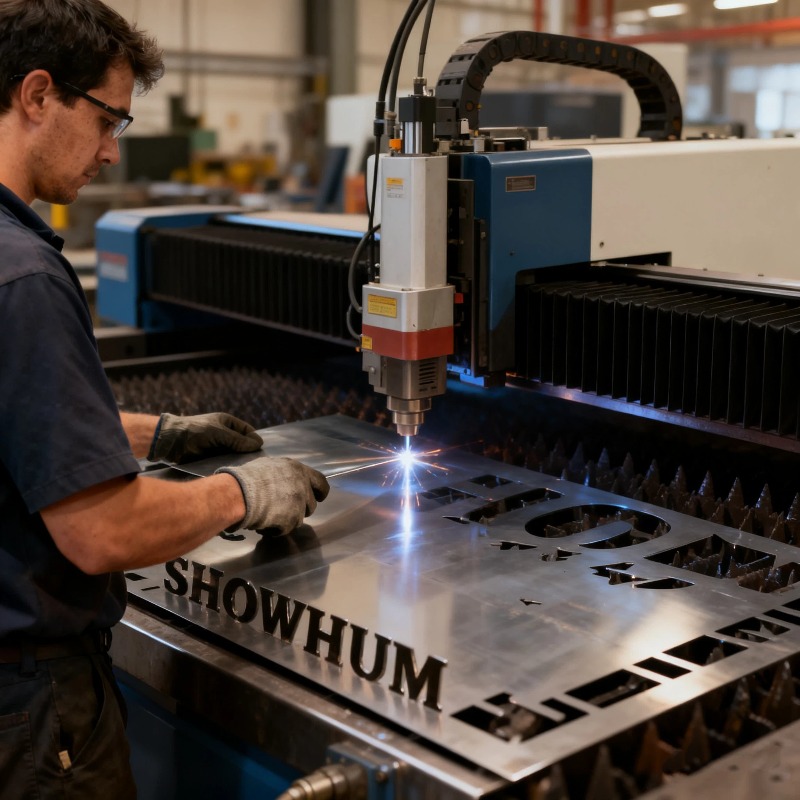
Welding is a cornerstone of the metal fabrication industry, playing a crucial role in creating durable, high-quality structures and components. From constructing bridges and skyscrapers to fabricating car frames and industrial machinery, welding is essential for joining metals with precision and strength.
One of the most common methods is MIG welding (Metal Inert Gas welding), which uses a wire electrode to create strong, clean welds. It’s widely used in automotive and general manufacturing due to its speed and efficiency. On the other hand, TIG welding (Tungsten Inert Gas welding) is preferred for its precision, especially in industries like aerospace where accuracy and finish are critical.
Arc welding remains a staple for heavy-duty applications, such as shipbuilding and pipeline construction. Its ability to penetrate thick metals ensures the strength and integrity of large structures. For projects requiring high portability, stick welding is often the method of choice, as it doesn't rely on external shielding gas.

Advancements in welding technology, such as laser welding, are revolutionising the industry. Laser welding offers unmatched precision and minimal heat distortion, making it ideal for intricate or delicate projects. It’s increasingly popular in the electronics and medical device sectors.
Welding isn’t just about joining metals—it’s also about ensuring safety and durability. Properly executed welds can withstand immense pressure and environmental stress, which is why skilled welders and high-quality materials are essential for any project. With continued innovations, welding will remain a vital part of metal fabrication for years to come.
 Sheet Metal Fabrication: Precision, Durability, and Versatility for Industrial Applications
Sheet Metal Fabrication: Precision, Durability, and Versatility for Industrial Applications
Sheet Metal Fabrication: Precision, Durability, and Versatility for Industrial Applications